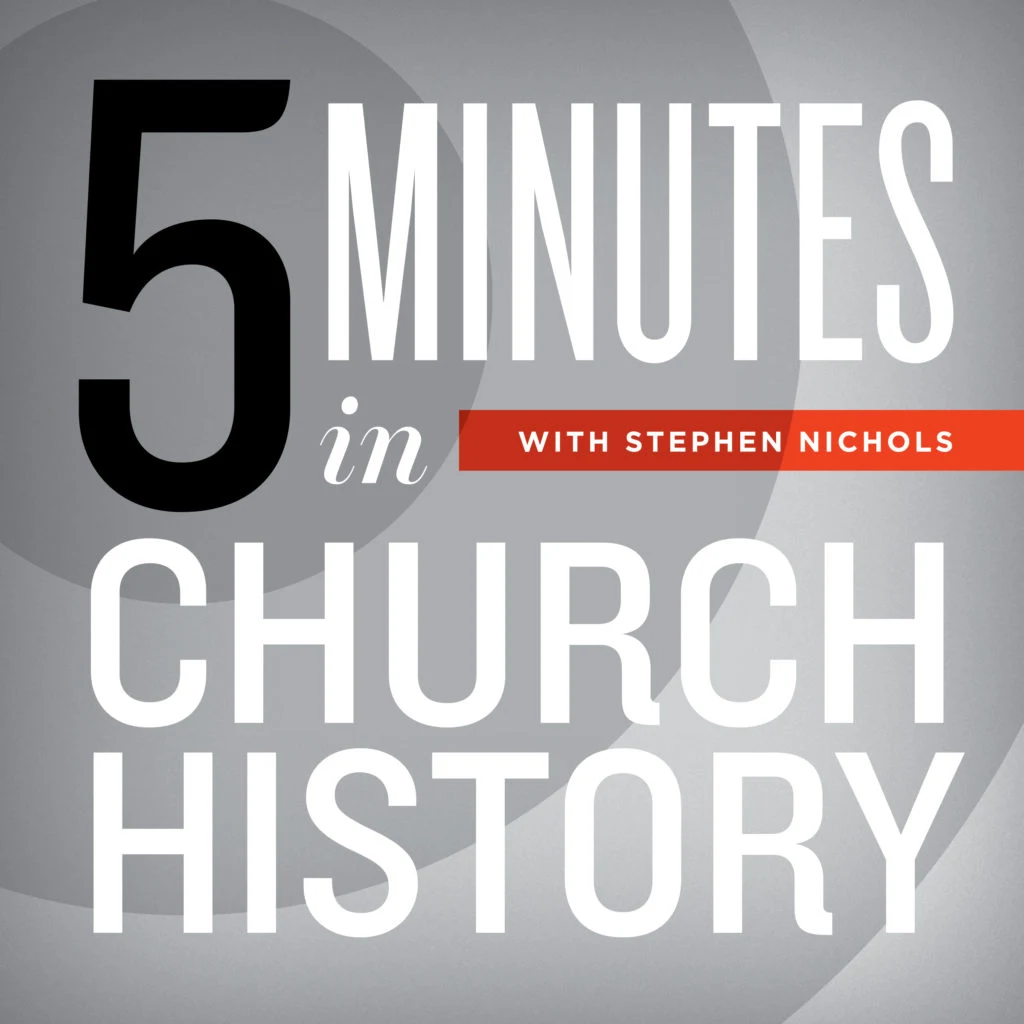American Christian Publishing: 19th-Century Roots

How did Christian publishing take root in America? Today, Stephen Nichols traces the development of Christian literature, highlighting the innovative ways the gospel has been spread through the printed word.
On this episode of 5 Minutes in Church History, we are returning to our journey through American evangelical institutions, and we are stopping off at Christian publishing. Way back in the 1600s and 1700s, we had more printers than publishing houses as we have them today. Printers would supply material for businesses and government, but they would also publish newspapers and books, and sometimes they would even print currency. Benjamin Franklin was a good example of an entrepreneurial printer publisher. He printed many of the sermons of the Great Awakening figure, George Whitfield. These printing presses were very busy during the Revolutionary War, printing tracts to spur on the war effort and newspapers. That fervor rolled on into the early decades of the republic. This was also the time of the Second Great Awakening, and in this moment, in 1825, came about the American Tract Society. It was founded to “promote the interests of vital godliness and sound morality by the circulation of religious tracts calculated to receive the approbation of all evangelical Christians.” They printed millions of pieces of literature. They published Bibles and books and tracks that ranged from four to forty-eight pages. And an advertisement tells us that the established price is one cent per ten pages.
Well, I'm holding one such tract in my hand, and I wish you could see it. It has up at the top number 144, and it is titled “The Conversion of President Edwards” written by himself. On the back, it tells me that it's a first edition and that there were 6,000 of these that were printed. So we have writers and we have printing presses, and we have books. Now, the challenge is how do we distribute them? Well, the American Tract Society used what were called coal porters. These would transport goods on horseback or on simple horse-drawn wagons. So, these coal porters would take these Bibles and tracks and distribute them all over. The American Tract Society especially printed Bibles and religious literature for the union troops during the Civil War.
Well, the American Bible Society, which was founded back in 1816 in Philadelphia, also printed Bibles for both Union and Confederate troops. On a side note, the American Bible Society put the first Bibles in hotels. It published the first pocket Bibles, Pocket New Testament, an innovation to serve soldiers during the Civil War. It also, in the 19th century, printed Bibles in French, Spanish, and German for immigrants. It published one Bible in the Lenape language, the language of the Delawares, and it printed the first raised letter Bible for the blind. These were letters that were literally raised off the text, and so you would trace out every letter of every word of the Bible. This was a tremendously labor-intensive undertaking, and due to the thickness of the paper, the finished product was huge.
Well, in the late 1800s, we see the beginnings of what we know today as the Christian publishing houses. Paul and Timothy Loizeaux , with a donation of $1,000, got a printing press and reams of paper, and they called their enterprise the Bible Truth Depot. They printed tracks to be distributed on trains, and they started printing books. They came to be known as Loizeaux Brothers. They came along as fundamentalism was coming on the scene in the early 20th century, and they published many books by stalwart fundamentalist figures. The brothers were Plymouth brethren, and so they were influenced by John Nelson Darby, and they distributed a number of books on dispensationalism. In fact, it was back in 1885 that they published C. I. Scofield’s booklet, Rightly Dividing the Word of Truth.
Back in 1894, Dwight Lyman Moody stepped into the publishing world. He started the Bible Institute Colportage Association. He started this venture with the express purpose to publish and distribute affordable Christian books. All of these books were the same size, four by six inches. All of these books consisted of about 125 pages, and all of these books cost ten cents each. And the first book he published was a book of sermons by Charles Hadden Spurgeon.
Well, that's the 19th century roots of Christian publishing. And I'm Steve Nichols and thanks for listening to 5 Minutes in Church History.
Recent Episodes
A Little Church History of a Middle Colony: Early Influences
December 10, 2025|American Church History
Gunpowder and a Proclamation
December 3, 2025|Geographical Perspectives
Thanksgiving in Church History
November 26, 2025|American Church History
3 Sermons on the Hallelujah Chorus
November 19, 2025|General Church History
Charles Jennens’ Libretto
November 12, 2025|General Church History
Cyprian of Carthage: Crisis in the 3rd Century
November 5, 2025|General Church History
